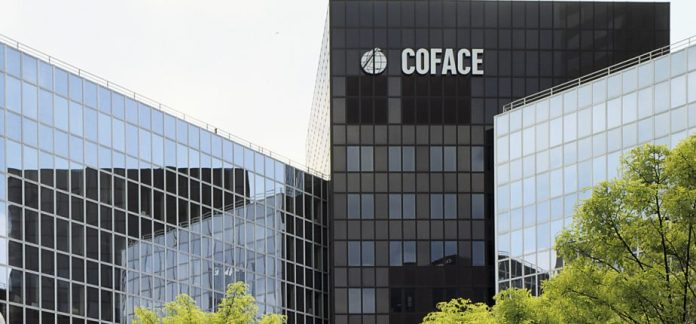The latest global risk assessment from Coface paints a worrisome picture for 2025. Although the political uncertainties of last year have eased somewhat, the world’s economic risks remain high, driven by growing political and trade tensions among major powers. According to Coface, turbulence is expected across several regions, prompting a reassessment of both country and sector risks. Seven nations have seen their ratings adjusted—three downgraded—and risk assessments for 20 industries have also shifted, with 12 of them facing downgrades.
A global economy on fragile ground
Despite signs of stability, the global economy is navigating perilous terrain. Key concerns include widening economic gaps between the U.S. and Europe, mounting pressures in emerging markets, and vulnerabilities in China. These factors could spark uncertainty at any moment.
The transatlantic economic divide has deepened. In the United States, economic growth remains robust, bolstered by resilient household spending, a strong job market, and rising asset values, particularly in real estate and equities. Policies implemented during Donald Trump’s presidency—such as tax cuts and deregulation—continue to fuel business investment, contributing to an upward revision in global growth forecasts, now set at 2.7%.
Meanwhile, Europe finds itself trapped in a rut. Structural weaknesses in manufacturing and construction have dragged down growth. While inflation has receded, consumer spending remains sluggish, held back by political instability, especially in France and Germany. Both nations, along with Italy, are struggling with stagnant growth. Spain, too, is slowing down sharply. As a result, the eurozone stands out as the weak link in the global economy for 2025.
Europe’s auto industry stalls
Among the hardest-hit sectors is the European automotive industry, still struggling to regain momentum. In 2024, vehicle registrations barely grew by 0.8%, with a 3% decline recorded in the second half of the year. Intense competition from Chinese manufacturers and ongoing trade tensions with the United States—where tariff threats still loom—have further undermined the sector. Coface predicts that these external pressures will continue to weigh heavily on European automakers in 2025.
Emerging markets grapple with economic strains
Emerging economies are facing a rapid deterioration in their economic environments. A strengthening U.S. dollar and large capital outflows have destabilized vulnerable countries, particularly those with high foreign-currency debt. Brazil’s recent struggles highlight these challenges. Between November and December 2024, the Brazilian real lost 10% of its value, despite the central bank’s efforts to raise interest rates. This crisis underscores the severe risks confronting nations with significant fiscal or external imbalances.
China under strain
China’s economy remains under significant pressure. Without major stimulus measures, growth is expected to slow to 4.3% in 2025, down from the officially reported 5% in the previous year. U.S. tariffs remain a serious threat, likely to have a substantial negative impact on China’s economic outlook.
A delicate balancing act
In this uncertain landscape, Coface warns that risks could escalate rapidly, undermining the fragile stability currently holding the global economy together. While growth remains steady for now, it is modest and highly dependent on political decisions and future economic adjustments. Strategic choices made in 2025 may well determine whether the world tips towards resilience or spirals into crisis.





